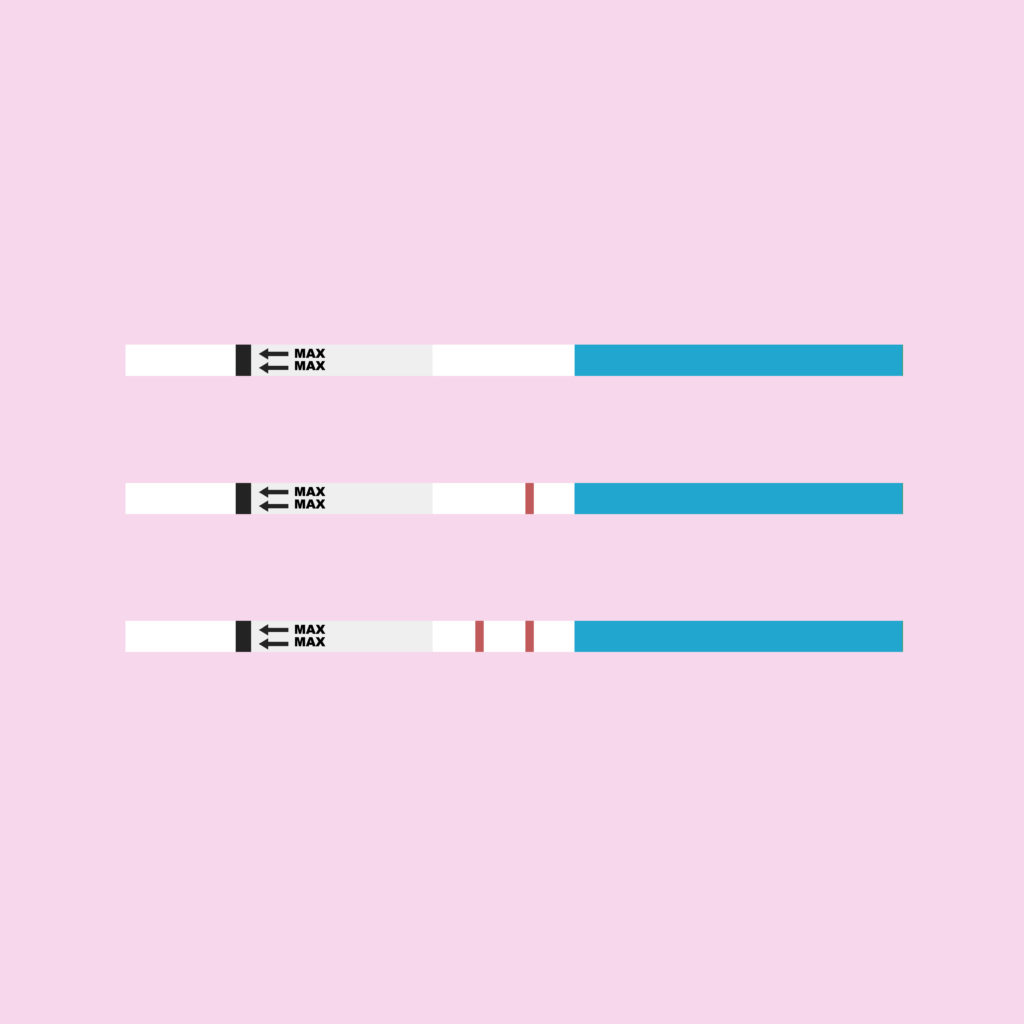How Do I Track My Ovulation?
Guest Blogger, Christina Barnes, MSN, CPNP, explains different methods to help track your ovulation.

What is ovulation?
Ovulation is when a woman’s ovary releases an egg into the fallopian tube. The egg will then stay in the fallopian tube for about 24 hours, waiting to be fertilized. If the egg does not encounter any sperm in the fallopian tube and remains unfertilized, it will travel to the uterus and leave the body during menstruation. If the egg is fertilized it will travel to the uterus, implant in the uterine wall, and begin a new pregnancy.
As with any bodily process, things don’t always happen as they should. A fertilized egg could travel to the uterus but fail to implant, leaving the body without the woman ever knowing what happened. A woman’s ovaries may skip releasing an egg during any given month, or she may release two or more eggs at once.
Why should I track my ovulation?
Tracking your ovulation can tell you the days you’re most likely to get pregnant if you have sex or introduce sperm into your uterus. Sperm can survive in the fallopian tubes for up to 5 days, so if sperm enters your fallopian tubes in the few days before ovulation or on the day of ovulation, you increase your chances of becoming pregnant.
Some women track their ovulation because they want to become pregnant, while others track ovulation to avoid sex on certain days and prevent pregnancy.

How do I track my ovulation?
Calendar Method
The calendar method, also known as the rhythm method, estimates ovulation by counting the days in your menstrual cycle. This method identifies the day when you are most likely to ovulate, based on the length of your cycle. Given the estimated date of ovulation, there will be a range of days where you are expected to be most fertile. The calendar method generally assumes that women ovulate 14 days before the start of their next period.
Pros: The calendar method is free. There are many apps available to help track your cycle and estimate your fertile window. The US Department of Health and Human Services has a great ovulation calculator you can find here: https://www.womenshealth.gov/ovulation-calculator
Cons: The calendar method does not take into account changes in your body throughout your cycle, and it may be less accurate if you have irregular cycles. Some women who have regular cycles ovulate outside of this expected window, so the calendar method may not accurately predict their ovulation dates.
Basal Body Temperature Method
The basal body temperature method tracks ovulation by looking for very small changes in basal temperature over the course of your cycle. Your basal temperature is the temperature of your body when you are at rest, and it’s usually taken immediately after you wake up. To track your basal body temperature, you will need to buy a special thermometer that can accurately measure temperature to one tenth of a degree. These thermometers are inexpensive and easy to find online and in stores.
This method tells you when you’re likely to ovulate by looking at trends over time. Your temperature rises after you ovulate, so when you’ve tracked your temperature for a few months you get an idea of when you can expect to ovulate.
Pros: All you need is a basal body temperature thermometer and a place to log your daily temperatures. Taking your temperature (by mouth) is easy and takes seconds.
Cons: You’ll need to track your temperatures for a few months before you can accurately predict your ovulation date, since temperature only rises after you ovulate. Also, you’ll need to remember to take your temperature when your body is at rest, immediately after you wake up.
Cervical Mucus Method
The cervical mucus method involves looking at your cervical mucus (discharge) every day. Your cervical mucus changes in amount, color, and consistency throughout your cycle. From about 4 days before ovulation through the date of ovulation, your mucus production increases. During this time the mucus is slippery and clear, similar to raw egg whites.
Pros: Learning how to identify the changes in your cervical mucus can give you real-time insight into your most fertile days. It’s free and doesn’t require any tools, charts, or calendars.
Cons: Recognizing changes in your cervical mucus can take practice, especially if it’s something you’ve never paid attention to before. To get the best sample of mucus, you may need to insert your fingers into your vagina and then examine your fingers, which some women may not feel comfortable doing.

Ovulation Predictor Kits
Ovulation predictor kits (OPKs) measure luteinizing hormone (LH) in urine. LH increases 24-48 hours before ovulation, and if an OPK is taken during this LH surge it will show a positive result. OPKs look a lot like pregnancy tests, so many women are already familiar with how they work. You test once per day until you test positive. Your most fertile days are the day you test positive and the 2 days after.
Pros: OPKs are easy to use and can be taken at any time of day. They don’t require any data tracking or trends over time, as some of the other methods do. The results are immediate and you know that day whether or not you’re at peak fertility.
Cons: They do cost money, and each OPK test can only be used once (like a pregnancy test). If you don’t know when in your cycle you expect to ovulate, you may use one a day for a week or more before testing positive.
Electronic Fertility Trackers
There are many electronic fertility trackers on the market today, from thermometers that sync with phone apps to wearable sensors. In general, these trackers use aspects of the ovulation tracking methods described throughout this article. The most common way these devices track ovulation is through basal body temperature.
Pros: Trackers can include a lot of fun details about your body, such as heart rate or how well you slept the night before. The associated apps provide extra education and analyze your data for you, so you don’t have to worry about making sense of months of temperature readings.
Cons: Trackers are expensive! They do the job in a fun and interactive way, but at the end of the day they give you the same information an OPK or cheap basal thermometer can give you. If a tracker isn’t in your budget, you absolutely should not feel like you need to purchase one.







